
It allows to keep PV going, with more focus towards AI, but keeping be one of the few truly independent places.
-
I'm not currently in position to sound proof my spare room so since I'm budget conscious I think getting a set of good headphones will do the trick for now.
After quick googling, it seems that Sony MDR-7506 and Sennheiser HD 280 are the popular choices in the sub 100 price range. What I want to know is :
Do I need a amp for any of those 2 headphones? I'm currently using built-in audio from my PC, and I would do an upgrade but I'm not sure if buying a Sound Blaster card will do anything for the levels of headphones?
I did find Asus Xonar soundcards that have built-in headphone amplifiers, is anyone familiar with those?
-
@spacewig the FR is independent of the color. For example you can take an AKG mic and a Sennheiser mic that are ruler flat, plus or minus 1db, 20-20, and they sound totally different. Obviously if there is a big bump, you are going to hear that, but the impression of neutrality for me is the transparency and lack of added color. @Mark_the_Harp there are certain edits that you will only hear on speakers, esp sin/cos as opposed to linear.
-
I'll second that. Cans are great for cleaning tracks, NR, and especially creating your room tone, which is 50% of your sound editing. Once you start balancing levels on your monitors, you can set an initial reference dialogue level uing meters and the rest you can pretty much do by ear.
-
@mrbill Top advice. I'm currently mixing and editing and doing exactly that - cans for editing, so you can hear everything without distraction, speakers for mixing so you've a proper sense of reverb, imaging and eq.
-
Don't try to eq or balance using headphones - I made that mistake with an album I was mixing a long time ago. Fortunately, I was only 2 days into mixing so managed to make up the time, but it was a stupid experiment with someone else's money. What headphones are good at though, is monitoring your editing - be that music or dialogue or atmos, and they'll ruthlessly expose anything you haven't got right.
There are some great 2.1 sub/sat near field monitoring systems out there now, many of which will let you calibrate them using test tones and a cheap radio shack audio meter, and you don't have to heavily treat the room you're working in. I got a set of Blue Sky near fields/subwoofer as an ex- demo set, and can't speak highly enough of them, for around $450. Everything I've ever balanced on them sounds the same everywhere else, which makes them (for me) the best thing since beer in cans. -
I bought the item on the seller's guarantee that it would provide phantom power. It's an external sound card which can also mix sources and possibly be used as a simple field mixer.
I am using it for an application which requires a phantom-powered, noise-cancelling, voice-recognition-standard headset and mic. But they seem to be selling it with computers and mixing in mind and it comes with software.
http://www.behringer.com/assets/302USB_WebBrochure.pdf
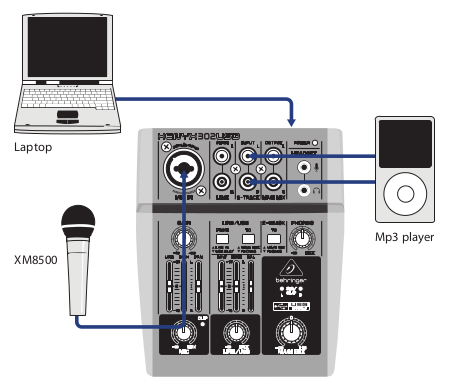
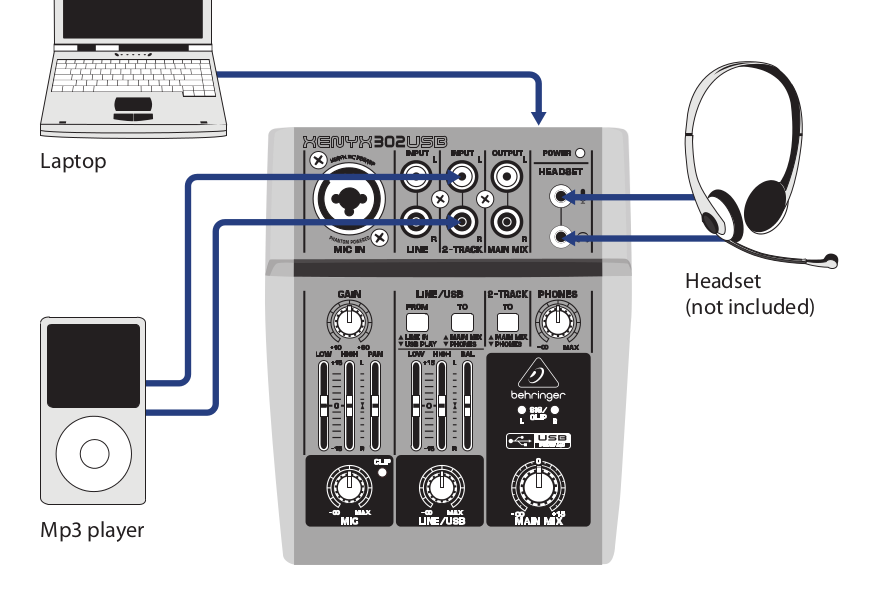
http://orionhellraiser.blogspot.com/2013/01/the-amazing-behringer-xenyx-302usb.html http://www.gearslutz.com/board/reviews/719795-behringer-xenyx-302-usb-mixer.html
-
Do not directly see how it relate to the topic, it is best to make one for it or use something with mixers thing.
As far as I understand it does not have phantom power. Also design is not very handy for computer use.
-
I just ordered a Behringer XENYX 302USB Mini-Mixer. I'll tell you how it goes.

-
Ones should trust their ears more than graphs..
Yet it is road to nowhere. :-)
I think you want to tell that we need to learn and find best measurements method, use blind tests (quite hard with headphones :-) ) and understand how perceptions and other things work.
-
Ones should trust their ears more than graphs..
-
As I have all three headphones before me, I can tell you that your chart is wrong (in addition to using very bad to compare scale). And one I referenced is very close to reality.
Just to add to guys who will read this. No one here say that something is bad. Or that K702 are not good headphones. They are very good highly regarded HP with pluses and minuses (as in every other HP).
Just checked and Q701 (very similar to K702) is $199 now, huh
-
Well, here's some more for you, then. And this will be my last regarding this issue:
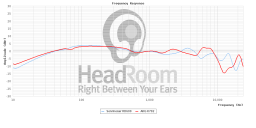
 graphCompare1-283766149.png1000 x 500 - 62K
graphCompare1-283766149.png1000 x 500 - 62K
 graphCompare2-437901759.png1000 x 500 - 64K
graphCompare2-437901759.png1000 x 500 - 64K -
The graph of the headphone represents the headphone, but it does not represent neutral, owing to free field diffusion.
You better check books like one by Toole and Loudspeakers and Headphones handbook. It is way better than this chit chat talk.
For example, if you sat between two speakers it would sound really weird.
Also sitting between speakers has NOTHING to do with headphones if you even slightly understand sound.
The FR of the cans is tailored to simulate a listening environment at a reasonable distance, sometimes with a loudness curve as well.
And it is your own invention as far as I understand.
-
Huh. I think we all figured out long enough that you recommend and like K702. I do not agree with you about this HP, despite I have them.
Let's look at measurements:
HD600
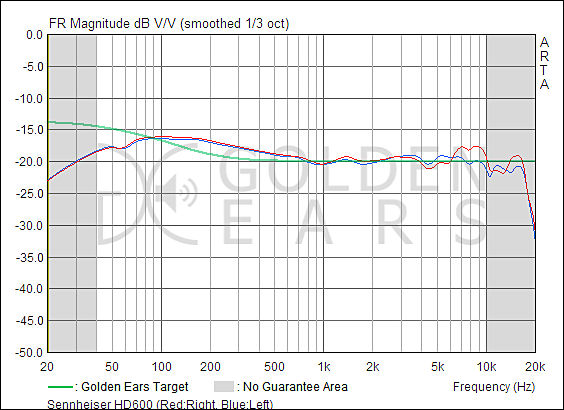
Fidelio X1
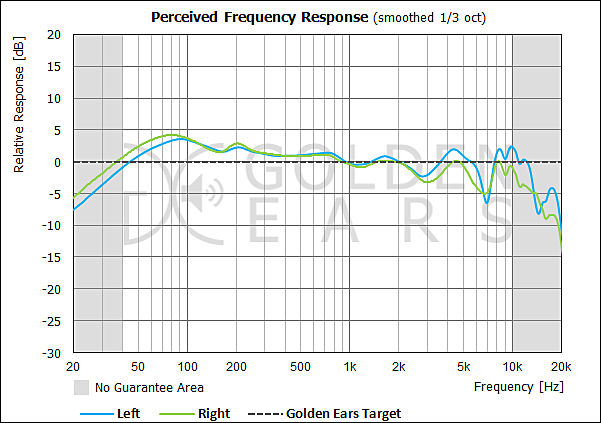
K702 ("most neutral" as you said)
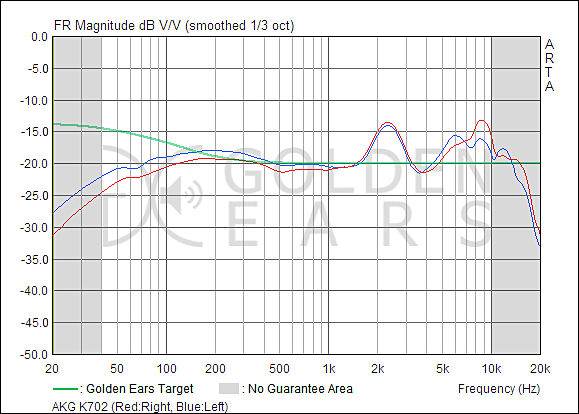
After this you can just check spectral decay

That also shows problems compared to two other phones.
I also compared a lot of cans before buying these ones which is why I feel very comfortable recommending them for the specific requirements of the opening poster, i.e. post-production audio. All talk about mixing music in this thread seems to disrespect its original intent.
I have other opinion as we can go as far as guys endlessly talking about "classic", "jazz" and other headphones. Headphones is just device to play sound with their own specifics

 measuments.jpg564 x 410 - 65K
measuments.jpg564 x 410 - 65K
 measuments4.jpg601 x 423 - 64K
measuments4.jpg601 x 423 - 64K
 measuments2.jpg579 x 414 - 67K
measuments2.jpg579 x 414 - 67K -
I'm not suggesting it does. Rather, I am pointing out that the 2 cans mentioned have very similar graphs making it strange to state one as being one of the most neutral and the other far from neutral.
-
The graph of the headphone represents the headphone, but it does not represent neutral, owing to free field diffusion. For example, if you sat between two speakers it would sound really weird. The FR of the cans is tailored to simulate a listening environment at a reasonable distance, sometimes with a loudness curve as well.
-
Vitaly, I was not asking for any headphone recommendations but rather was curious as to what you considered neutral. Funny you mention the 240's as I own them and can assure you they sound nowhere near as neutral, open and detailed as the 702, though to be fair they are not really comparable. As for the HD600 I agree they are quite neutral and what I think are closest to the 702 but lack higher frequency detail which make them much less revealing when doing film specific work like creating room tone and exacting noise reduction. Since you like scientific facts you should compare the graphs of the HD600 with the K702 to understand why I was stunned to read anyone describe the 702's as far from neutral. I also compared a lot of cans before buying these ones which is why I feel very comfortable recommending them for the specific requirements of the opening poster, i.e. post-production audio. All talk about mixing music in this thread seems to disrespect its original intent.
-
Back to $200 headphone for monitoring:
http://www.amazon.com/Sony-MDRMA900-Headphones-Discontinued-Manufacturer/dp/B007DCCK60/
It seems like they had been discontinued by Sony. Got one today, they are very comfortable and quite neutral, not quite but good.
X1 is still more detailed and after simple EQ bass can be made very flat for mixing
http://www.amazon.com/Philips-X1-28-Over-Ear-Headphones/dp/B00B3QD94O/
Also, $0 tip for beginners - go to medic first and check ears. I am serious as you could have problems and it will affect every mix you'll make, be it HP or speakers.
-
Yes, I agree you can acclimate your ears to mix with headphones but my ears fatigue a lot faster with cans
I provided reason why above. You can read Toole about it and also about some room treatment as it is mostly pure science. Room treatment without measurements can make things worse, not better, as you can dump certain frequencies but not others.
For small home studios very simple treatment and proper location is mostly the only option.
Also I think spatial rendering is compromised when trying to mix with only headphones.
Different headphones are different here.
-
I should have mentioned if you use mass loaded vinyl it is quite ugly. I bought heavy weight canvas which helps quite a bit with room reflections and hung this over the MLV. With the addition of some bass traps, baffling you can get a decent sounding room for around $1000. Of course not on par with a $100/hr studio but a big improvement over a bare room. My mixes have improved considerably since doing this with no other equipment changes.
Yes, I agree you can acclimate your ears to mix with headphones but my ears fatigue a lot faster with cans on and what I think sounded good might not sound that great the following day. Also I think spatial rendering is compromised when trying to mix with only headphones.
-
Mostly in the Bass and the amount of reverb, but this was for music.
And you definitely has measurements of your monitors and room/studio response?
My approach is to this is to use measurements and science, not just opinion. Things that I was shocked to see in local studios is horrible unequalized monitors, wrongly placed and sometimes even quite live room were they are located.
Ideally, you preview the final product on YouTube squished mp3s, car stereos (alas, many people listen in the car) nearfield monitors and regular speakers like someone might have in their house.
I doubt that you need to listen to mp3. Thing that I saw is guys used plugins to listen to FM like version (but usually it is different mix for FM), and also checking two different car specific and measured configurations and far field calibrated monitors (not home speakers!) located in quite live room.
-
People do use headphones for mixdown, and people also mixdown tracks that sound great on headphones but off on speakers. But hey, it is the mastering engineers choice. Ideally, you preview the final product on YouTube squished mp3s, car stereos (alas, many people listen in the car) nearfield monitors and regular speakers like someone might have in their house.
You can of course skip these steps. If there was one step I definitely would not skip it is just popping it in the living room stereo and listening on speakers.
Most audio engineers agree that it is not possible to mix on cans, but, hey, it's your music and everyone has different listening skills.
-
I have done mixes on headphones and then checked on monitors, and of course the mix was way off! Mostly in the Bass and the amount of reverb, but this was for music. You can, by careful listening, train yourself to adapt to any setup by listening to music or movies that you're very familiar with (or whatever sound applies in your case) and you will hear how they sound different in headphones. Do a lot of listening that way, then check that against your mix. It's a different experience, and a little bit harder, but it can be done if you have to. I recommend checking the mix on a variety of systems before finalizing it. I have a Focusrite interface and it has been great, and easy to use.
-
Vitaly, would like to know what headphones you consider neutral under $200
Thing I do not like is "suggest me ... under $xxx" forum things. :-)
Most cheap open headphones are not very neutral, mostly lacking bass, some have peaks in HF. Most are also less detailed and comfortable than your K702. Find measurements, use EQ.
From that I know from cheap phones Takstars are quite good (TS-671 is also most comfortable phones, Pro 80 being most neutral from them), Panasonic RP-HTF890 (same as former Technics HTF880) is also good for monitoring.
AKG K240 also has good feedback (Superlux make cheap HP that seems like copies, but are different and also with good feedback).
If you ask me, HD600 and Fidelio X1 cost more but are better. Add even more and it is Stax and planars territory.
HD600 is usually considered as one of most neutral.
-
Vitaly, would like to know what headphones you consider neutral under $200
-
A mix that sounds good on expensive 3 way towers might not sound good on computer satellites with a sub woofer. Most of the engineers I have worked with had at least 2 sets of speakers to test a mix and of course a quick run out to listen to the car stereo was common as well.
All this thing has science and logic behind it. If you have good neutral speakers with small distortions you can emulate almost any non ideal ones. Most engineers just use things they are accustomed to, hence idea to checks. As for auto stereo it has really almost no logic as auto audio difference between different autos and installation options dramatically.
Headphones are excellent to focus on one aspect of the sound but they don't provide a good platform for developing space and positioning a sound. You can EQ, pan, add verb etc to move a sound around in a mix. This is why near field monitors that are flat in a treated room are important. You want an accurate rendering of the material so that the changes you make are neutral and not colored by your environment.
OK, here we go in circles. Can you pan in good headphones? Definitely. EQ? Also, in fact most speakers, even best ones, are inferior in 10-4KHz region to headphones. I do not know that you mean under "move sound around". We have number of HRTF based software that moves image forward for ones who like it as on monitors (check above for links). If you go to pro literature you'll see that biggest argument is your brains as they need more db (about 8db) for same perceived loudness in headphones, and it makes it hard for pros to mix for prolonged time if they use reference level.
About room treating, in fact it is biggest speakers minus. But it is not always required, it all depends on speakers distance to your ears compared to walls and reflection strength. Proper room treatment is very expensive and requires MANY methods tailored to different frequencies. I can only suggest to read books about it. Most room treatments will never cure standing waves in bass and low regions (in usual rooms, not pro studios).
Howdy, Stranger!
It looks like you're new here. If you want to get involved, click one of these buttons!
Categories
- Topics List23,992
- Blog5,725
- General and News1,354
- Hacks and Patches1,153
- ↳ Top Settings33
- ↳ Beginners256
- ↳ Archives402
- ↳ Hacks News and Development56
- Cameras2,367
- ↳ Panasonic995
- ↳ Canon118
- ↳ Sony156
- ↳ Nikon96
- ↳ Pentax and Samsung70
- ↳ Olympus and Fujifilm101
- ↳ Compacts and Camcorders300
- ↳ Smartphones for video97
- ↳ Pro Video Cameras191
- ↳ BlackMagic and other raw cameras116
- Skill1,960
- ↳ Business and distribution66
- ↳ Preparation, scripts and legal38
- ↳ Art149
- ↳ Import, Convert, Exporting291
- ↳ Editors191
- ↳ Effects and stunts115
- ↳ Color grading197
- ↳ Sound and Music280
- ↳ Lighting96
- ↳ Software and storage tips266
- Gear5,420
- ↳ Filters, Adapters, Matte boxes344
- ↳ Lenses1,582
- ↳ Follow focus and gears93
- ↳ Sound499
- ↳ Lighting gear314
- ↳ Camera movement230
- ↳ Gimbals and copters302
- ↳ Rigs and related stuff273
- ↳ Power solutions83
- ↳ Monitors and viewfinders340
- ↳ Tripods and fluid heads139
- ↳ Storage286
- ↳ Computers and studio gear560
- ↳ VR and 3D248
- Showcase1,859
- Marketplace2,834
- Offtopic1,320











